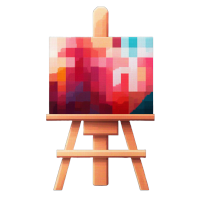How to Paint Portraits with Oil
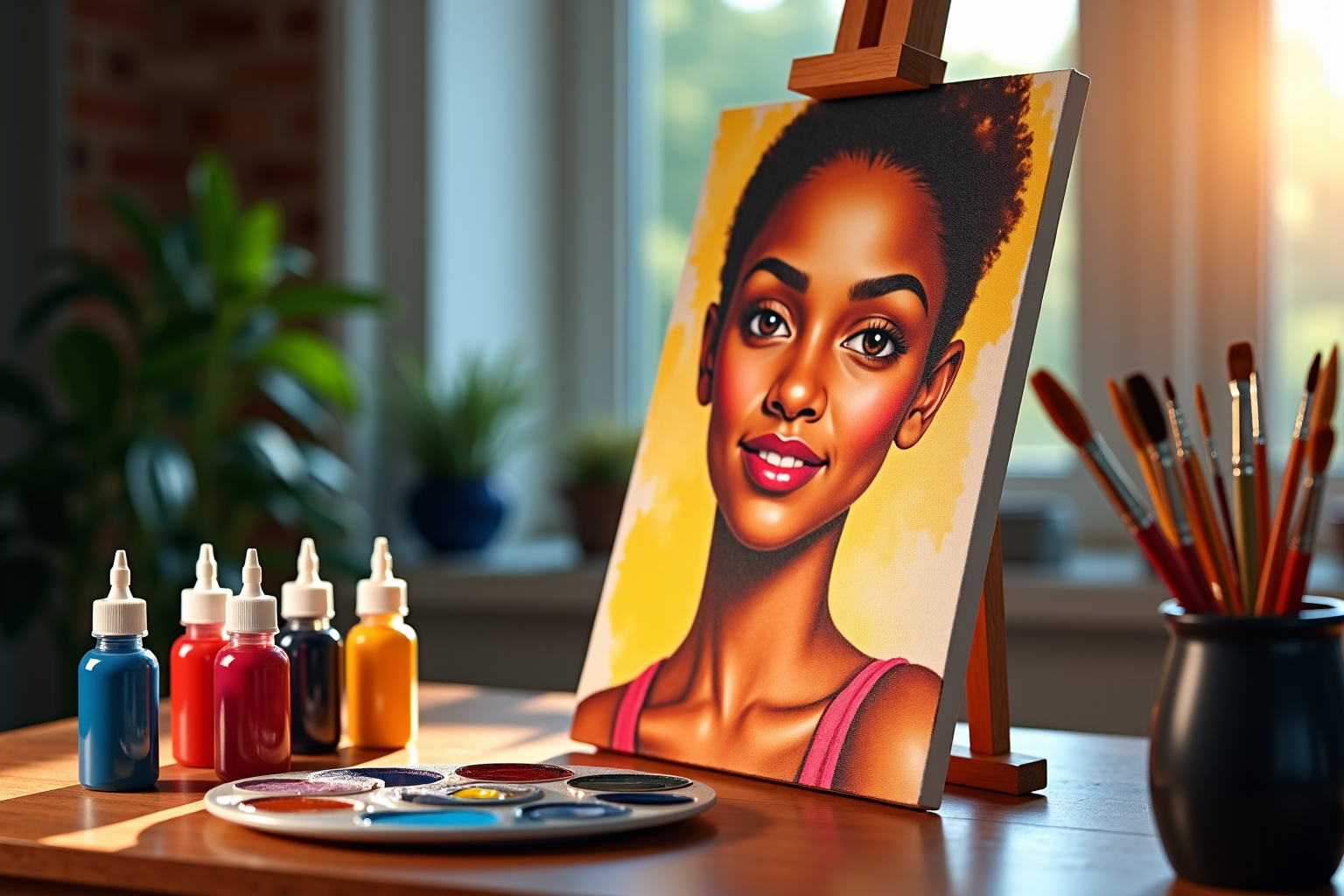
Mastering the Art of Oil Portrait Painting
In the realm of visual art, few endeavors are as captivating as oil portrait painting. The ability to capture the essence and personality of a subject on canvas is not only a reflection of an artist’s skill but also a profound journey into observation and interpretation. As you embark on this artistic exploration, you will be rewarded with the unique opportunity to capture the depth of human emotion through the nuanced blending of color and expression.
This article is designed to guide you through the intricate world of oil portrait painting, equipping you with essential techniques that are foundational to creating compelling and lifelike portraits. We will start by delving into the Essential portrait painting techniques that every aspiring artist should master. From understanding composition to brushwork fundamentals, these techniques will set the stage for your creative expression.
Once you've grasped the basics, we will explore the art of mixing oil skin tones. Achieving realistic skin tones can often be a challenge, but with the right blending strategies and color theory, you will learn to create a palette that truly represents the vibrancy and diversity of human skin.
Finally, we will tackle the delicate task of capturing facial expressions. Expressions are the gateway to conveying emotion; therefore, knowing how to depict them accurately will breathe life into your portraits, allowing them to resonate with viewers on a personal level.
Join me as we journey through these essential components of oil portrait painting, setting you on the path to creating remarkable and expressive portraits.
Essential Portrait Painting Techniques
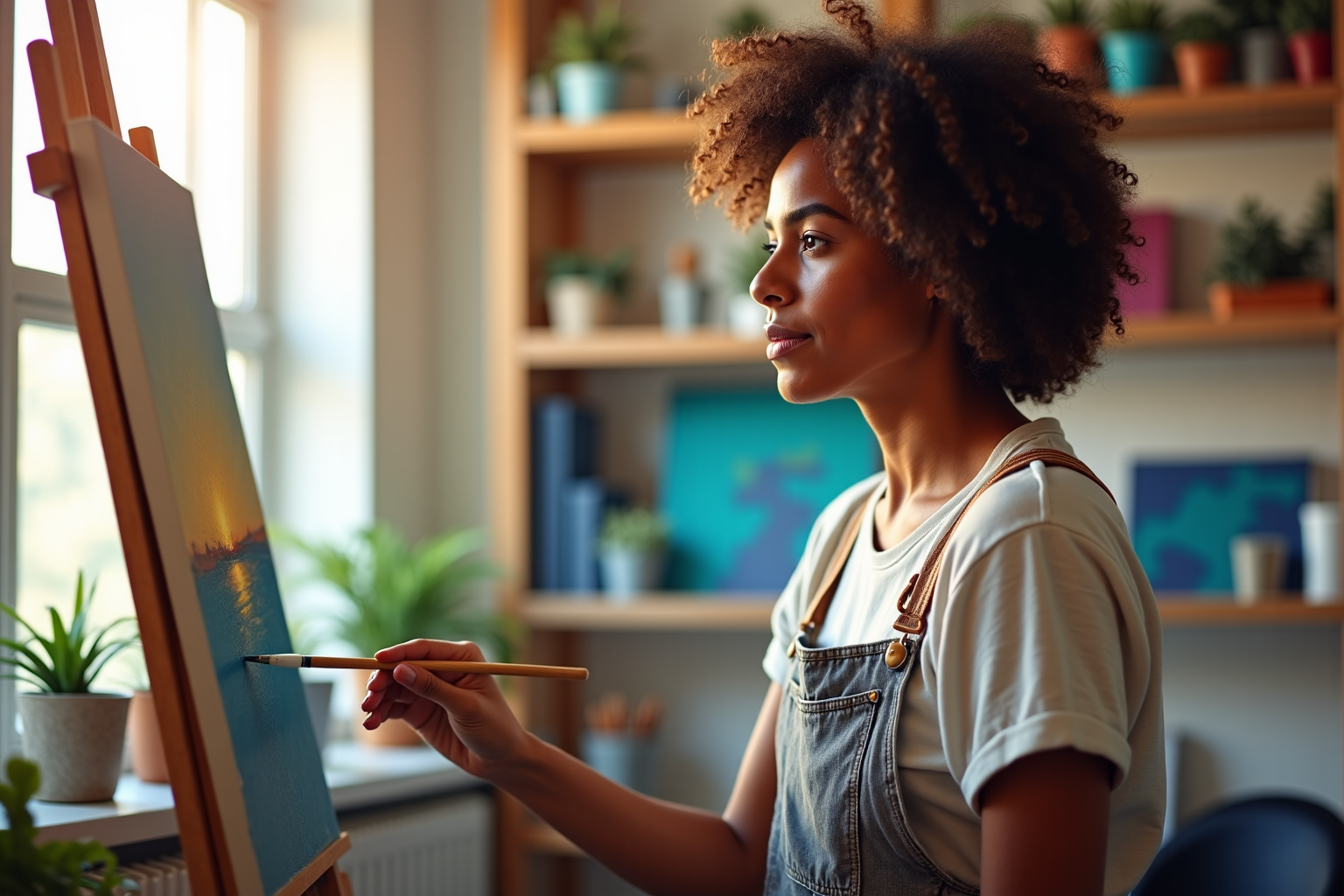
Embarking on the journey of oil portrait painting requires not only passion but a solid foundation in essential techniques. Understanding these methods will enhance your ability to portray the likeness and spirit of your subjects more accurately. Here, we delve into several key techniques that are indispensable in mastering the art of painting portraits with oil.
1. The Importance of Composition
A successful portrait begins long before the brush meets the canvas; it starts with a well-thought-out composition. Establishing the arrangement of your subject within the frame is critical. Consider the Rule of Thirds, a technique where the canvas is divided into nine equal sections. Positioning your subject's features along these lines or at their intersections leads to a more balanced and engaging composition.
Using reference points can further enhance your composition. For instance, when painting a head and shoulders portrait, place the eyes approximately one-third down from the top of the canvas, ensuring they become the focal point. This approach not only draws the viewer’s attention but also instills a sense of naturalism in your work.
2. Understanding Value and Tone
Effective portrait painting hinges on a keen understanding of value and tone. Values are the lightness or darkness of a color, which play a crucial role in conveying dimension and form. When capturing the human face, it is essential to observe how light interacts with your subject's features. For example, the simple act of shading can create a sense of volume and depth, allowing noses to appear more prominent and cheeks to seem fuller.
To practice this, you might create a grayscale value study of your subject before adding color. This exercise trains your eyes to distinguish between different tones and can be a valuable reference when mixing oil skin tones later.
3. Brushwork Fundamentals
Your brushwork can express a myriad of emotions and qualities in your portrait. Each stroke conveys a different aspect of the subject's character. For instance, soft, blended strokes can evoke gentleness and serenity, while sharper, more defined strokes can express determination or vigor.
When applying paint, consider the pressure and angle of your brush. Using a flat or fan brush with varied pressures can create texture, adding a tactile quality to the skin. Smoother transitions, achieved through circular or feathering motions, aid in developing realistic highlights and shadows, making the features appear more lifelike.
4. Layering and Glazing Techniques
In oil portrait painting, layering is a powerful technique that adds richness and depth to your portraits. Start with an underpainting, which establishes the tonal range and serves as a foundation for subsequent layers. Once you have a solid base, introduce additional layers of color, allowing lower layers to dry slightly before applying further strokes. This method builds complexity and dimension within the skin tones, contributing to a more realistic portrayal.
Glazing is another effective technique. It involves applying a thin, transparent layer of paint over dried areas, enhancing luminosity and depth. By layering glazes of different colors, you can achieve intricate skin tones and subtle color variations that bring vibrancy to your portrait.
5. Capturing Facial Expressions
To breathe life into your portraits, mastering the subtleties of oil painting facial expressions is essential. Observe how minute changes in the lips, eyes, and eyebrows can convey a spectrum of emotions. Practice sketching various expressions to familiarize yourself with these nuances.
When translating these expressions to oil paint, pay attention to the shapes and angles. A slight lift of an eyebrow can indicate surprise, while downturned corners of the mouth may signal sadness. Use your brushstrokes to express these emotions—utilizing firmer strokes for aggressive expressions or soft, delicate strokes to signify calmness.
By mastering these essential portrait painting techniques, you will cultivate a more profound ability to create evocative and engaging works of art. As you continue to refine your skills in oil portrait painting, remember that observation and practice will be your most reliable tools in this artistic journey.
Mixing Oil Skin Tones
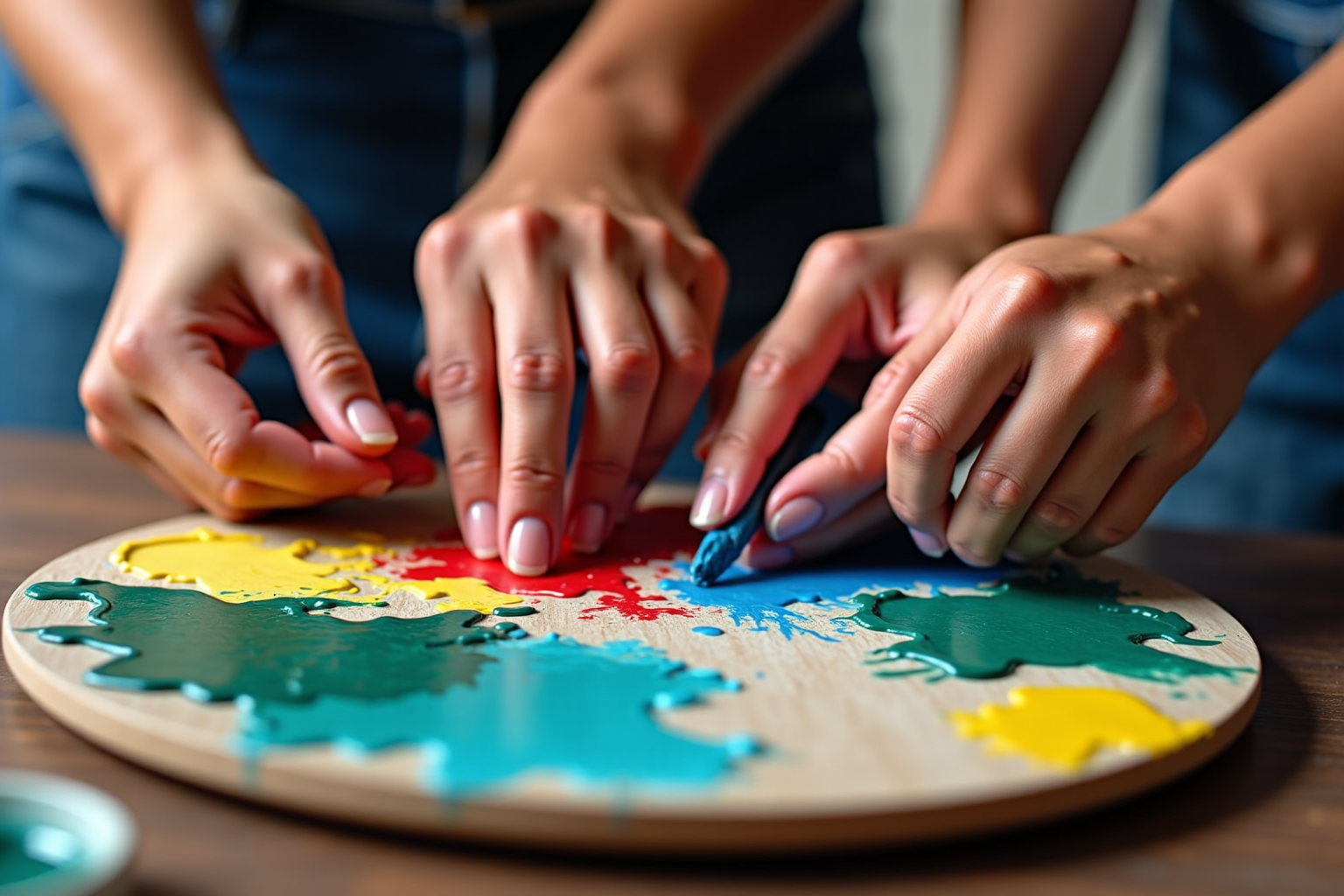
An essential aspect of oil portrait painting is the ability to mix realistic skin tones that reflect the diversity and vibrancy of human complexion. Achieving the perfect skin tone is often cited as one of the most challenging aspects of portraiture, yet with a little understanding of color theory and practical techniques, you can develop a palette that enhances the lifelike quality of your artworks.
To start, it is imperative to grasp that skin tones are not merely one-dimensional shades of beige or pink. Human skin has a rich array of undertones influenced by factors such as ethnicity, lighting, and even mood. The key to mixing oil skin tones lies in recognizing the warm, cool, and neutral shades that intermingle to form a myriad of complexions.
Understanding Undertones
Before you dive into mixing colors, take a moment to study the subject's skin. Observe closely for underlying tones; these can range from warm peachy hues to cool olive shades. For a warm undertone, you might find a mixture of yellow and red, while cool undertones might consist of blue, green, or violet.
To mix these tones effectively, start with a basic palette comprising titanium white, cadmium yellow, alizarin crimson, ultramarine blue, and burnt umber. For a foundational skin tone, blend equal parts of titanium white and cadmium yellow to create a base; then, gradually add alizarin crimson for warmth or ultramarine blue for cooler shades.
Mixing Flesh Tones
To achieve depth in skin tones, consider the concept of layering. Begin with a mid-tone base, which you can alter with variations. For example, if the subject has a rosy complexion, mix a bit of alizarin crimson into your base tone and apply it to the cheeks and forehead—areas typically more flushed due to blood circulation. This subtle warmth will give life to your portrait.
After establishing these base colors, observe the shadows. For shadowed areas, introduce darker colors into your palette. A mixture of burnt umber and ultramarine blue can create a rich, darker shade suitable for under the chin or around the nose. By varying the ratios of these mixtures, you can find the precise tone that enhances the three-dimensional quality of the face.
Highlights and Glazes
To capture the luminosity of skin, highlights play a crucial role. For lighter areas, often on the forehead, nose, and chin, a mix of titanium white and a touch of cadmium yellow can give you a radiant glow. Remember that oil painting allows for fluid adjustments, so you can apply these highlights and then blend them softly into your base to create seamless transitions.
Once your first layer is complete and dried, consider the glazing technique. This involves mixing a transparent medium such as linseed oil with your chosen color and applying it thinly over dried areas to increase depth and richness. For example, a thin glaze of alizarin crimson on the cheeks will not only offer warmth but also mimic the natural glow of skin.
Practice Makes Perfect
As you develop your skill in mixing oil skin tones, it’s helpful to practice with live subjects or photographs under various lighting conditions. Keeping a color swatch on hand for reference will help you track the undertones and variations that you discover in real time.
And do not hesitate to experiment! The beauty of oil painting lies in its versatility; mix deliberately, and at times, haphazardly to discover new tones and hues that resonate with your unique style. Remember that every artist develops a distinct signature in their work, and finding your own skin tone palette will greatly enhance your ability to create stunning and emotive oil portraits.
In summation, the art of mixing oil skin tones is both a science and an expression of creativity. By understanding the fundamental principles of color blending and engaging in practice, your portraits will begin to exhibit the lifelike qualities that are paramount in oil painting, capturing not just the likeness, but the very essence of your subjects.
Capturing Facial Expressions
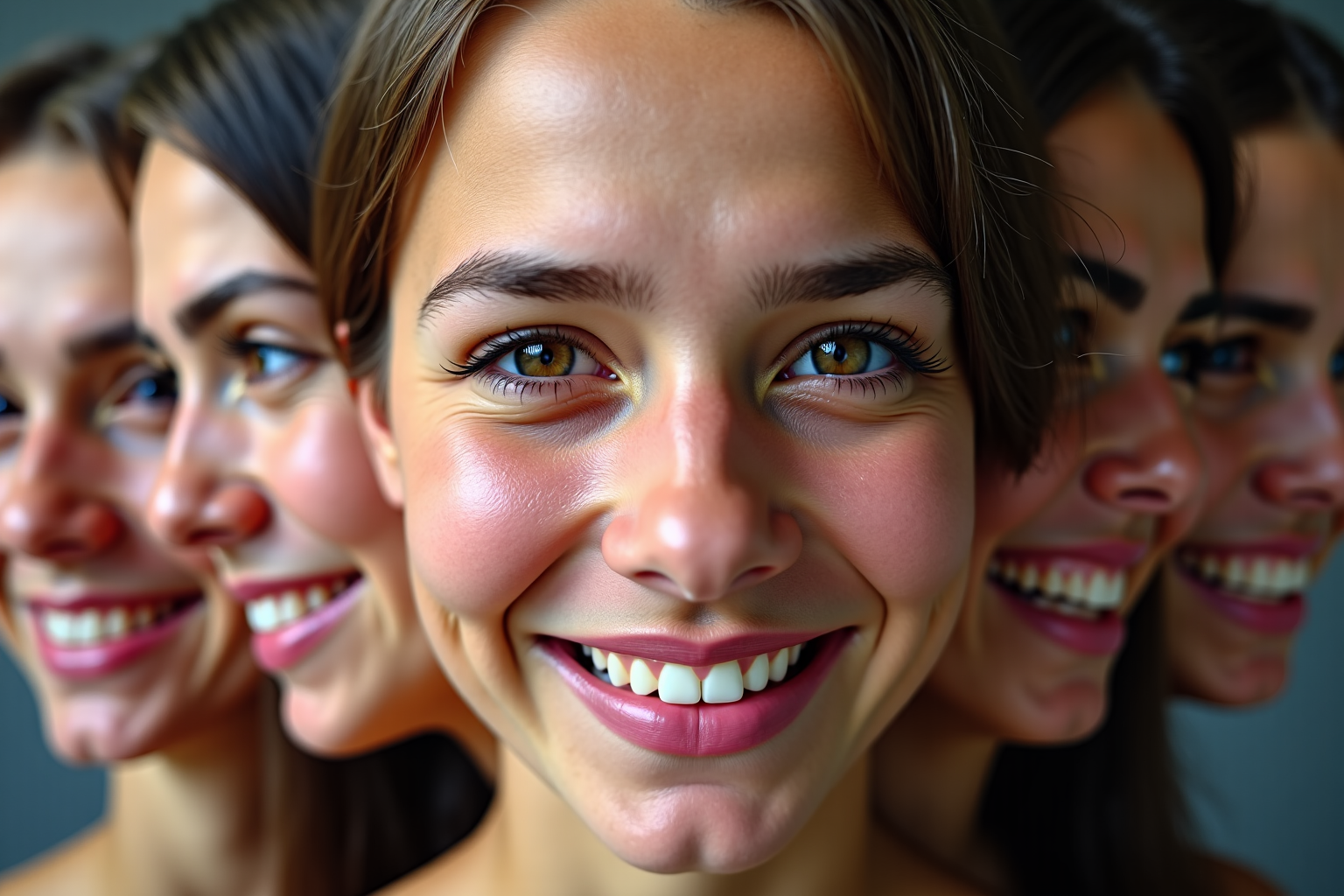
In the nuanced world of oil portrait painting, capturing facial expressions is integral to infusing life and emotion into your artwork. The human face is a canvas of feelings, with subtle shifts in the muscles around the eyes, mouth, and forehead conveying a vast spectrum of emotions—from joy and surprise to melancholy and contemplation. As a Portrait Specialist, I can assure you that mastering the representation of these expressions not only enhances your portraits but also draws viewers into the emotional landscape of your subjects.
The Importance of Observation
To successfully capture facial expressions, one must first become an acute observer of the human face. Spend time studying the expressions of your subjects—whether friends, family, or models. Observe how the corners of the mouth raise into a smile, or how the eyebrows furrow in concentration. Take note of how light interacts with these features, casting subtle shadows or highlights that can influence the perception of mood.
One practical exercise you can engage in is to take photographs of individuals displaying a range of emotions. As you analyze these images, try sketching the differing expressions. Focus on the shapes and angles of the lips, the positioning of the eyebrows, and the openness of the eyes. Notably, an angry expression may have tightly closed lips and narrowed eyes, while joy brings a bright, open mouth and relaxed features.
Translating Emotion into Paint
Once you have honed your observational skills, the next step involves translating these emotions into your oil painting practice. Start with the core features of the face; the mouth and eyes are particularly telling. For instance, when depicting happiness, you might lift the corners of the mouth slightly and widen the eyes. To accentuate sadness, tilt the mouth downward and suggest a softness in the eyebrows.
When applying paint, the method becomes equally important. Use light, fluid brushstrokes to convey tenderness in a serene expression, while more vigorous strokes may be employed for intense emotions like anger or frustration. For example, a frowning face might benefit from angular strokes in the brow area, creating sharp lines that emphasize the feeling of distress. Conversely, blend your color softly for a calm expression, such as serenity or contemplation.
In oil portrait painting, color choices can also impact emotional conveyance. Warmer tones, such as soft pinks and yellows, might evoke happiness or excitement, while cooler tones like blues or greens can signify sadness or tranquility. Consider how mixing oil skin tones plays a pivotal role here. For a joyful expression, a bright, warm skin tone can enhance the overall feeling of elation, while a muted, cooler tone can ground a more subdued or melancholic expression.
Layering for Depth
Layering techniques that you’ve learned in mixing oil skin tones also apply when capturing expressions. Begin with broad strokes to establish the foundational expressions, then gradually build on them with more detailed layers. For instance, after creating the base structure of a smile, you can add glazes of alizarin crimson to the cheeks for a lively flush, or nuanced shadows of burnt umber and ultramarine blue underneath the cheekbones and around the eyes to add emotional depth.
Taking time to step back and evaluate your work objectively allows for adjustments that can significantly enhance the emotional impact of the portrait. Each layer not only adds depth but also provides an opportunity to redefine the expression, making the nuances of feeling clearer and more engaging.
Practicing Dynamic Expressions
If you want to challenge yourself further, practice painting a series of quick sketches or studies that focus solely on different emotions. Work with a timer set to just a few minutes per expression. This exercise encourages spontaneity and intuition, allowing you to capture the essence of a feeling without overthinking it. Over time, you will develop a greater instinct for how to depict these emotions with accuracy and artistry.
In concluding this exploration of capturing facial expressions in oil portraits, remember that practice and patience are key. Each stroke represents an opportunity to explore feelings, granting your portraits a profound connection to the human experience. By cultivating this skill, you will not only enhance your technical prowess but also your ability to resonate deeply with any viewer, enriching the narratives woven into your art.
Conclusion: The Journey to Mastering Oil Portrait Painting
As you embark on your journey into the enchanting world of oil portrait painting, remember that every stroke, every blended color, and every carefully captured expression serves as a step toward mastery. By embracing essential techniques—such as composition, value and tone, brushwork, layering, and glazing—you pave the way for creating compelling and emotive portraits that resonate deeply with viewers.
Understanding the nuances of mixing oil skin tones will further enhance the authenticity of your work, allowing you to reflect the true vibrancy and diversity of human complexion. Skin tones are not one-dimensional; they are complex blends that require your keen eye and practiced hand. Remember, the key is not just in mixing colors but in layering them thoughtfully to create depth and luminosity.
Equally important is your ability to capture facial expressions. This skill transforms your portraits from mere likenesses into vivid narratives of human experience. The subtleties of emotion conveyed through minute shifts in expression can transform your work from static images into dynamic interactions that engage the viewer on a personal level.
In conclusion, oil portrait painting is a journey of both technical skill and emotional expression. I encourage you to practice these techniques, embrace the subtleties of color blending, and continuously observe the world around you. With patience and persistence, your portraits will evolve, capturing not only the likeness of your subjects but their essence as well. So, pick up your brush, breathe in the moment, and let your artistry flow onto the canvas, telling the stories only you can convey.
